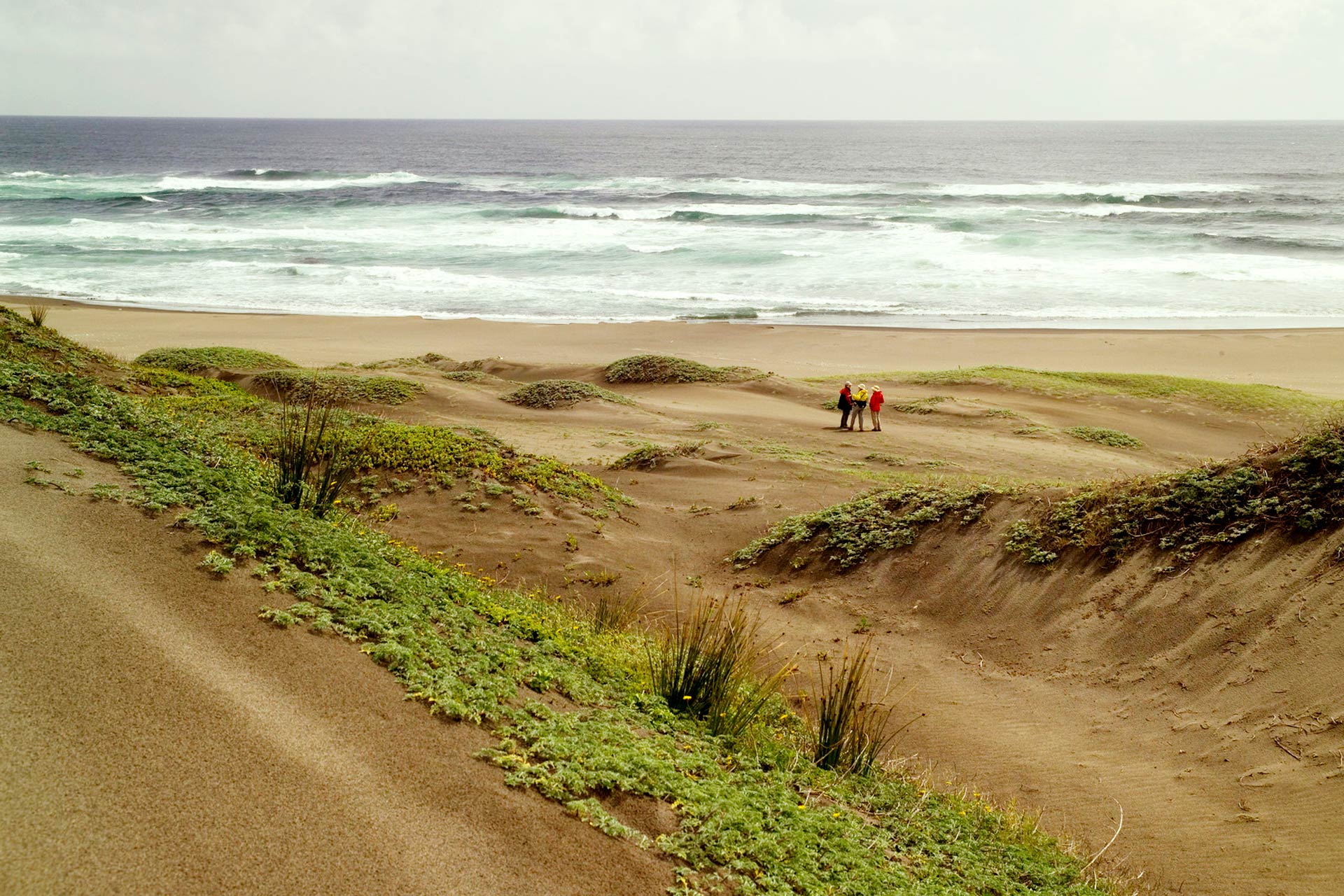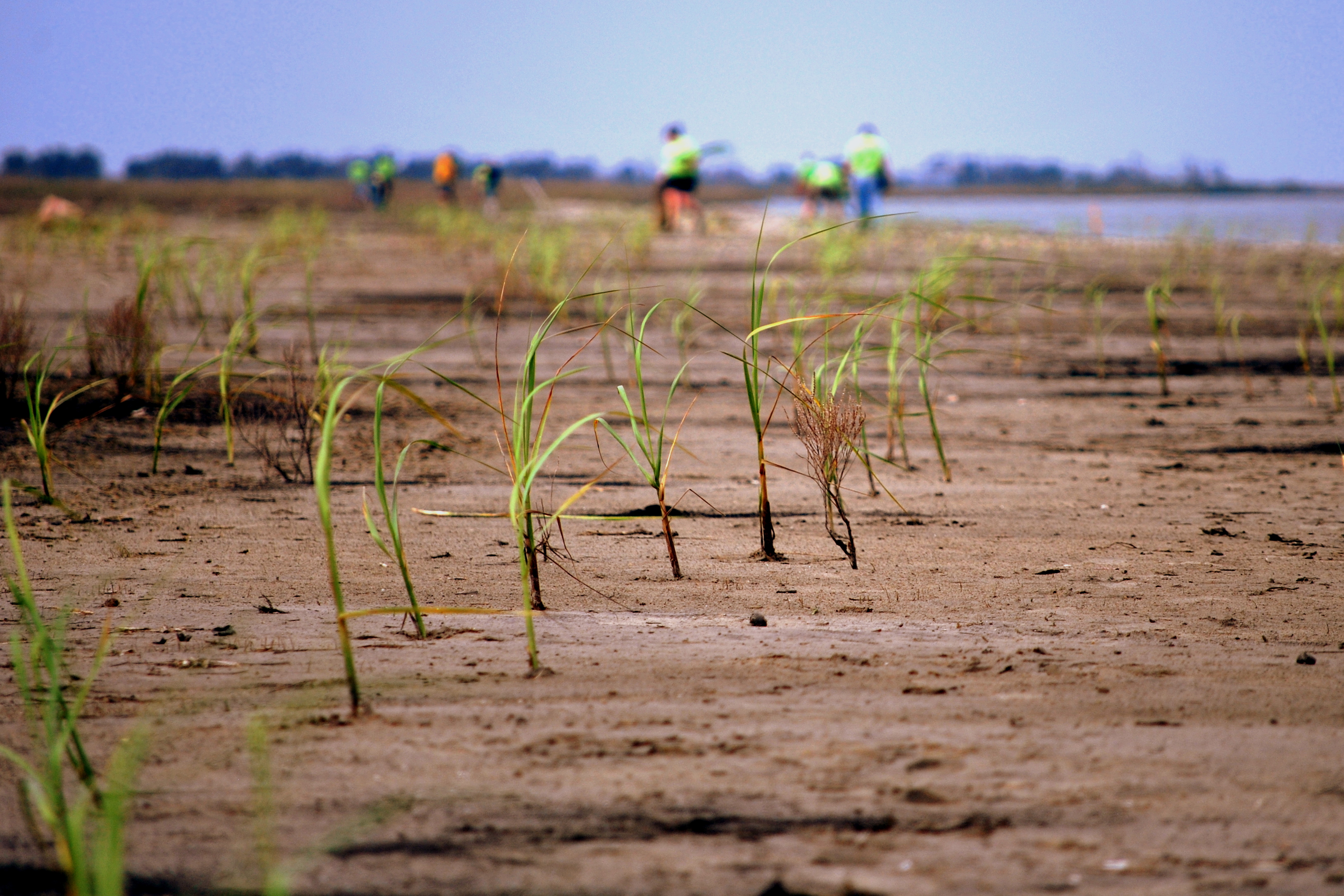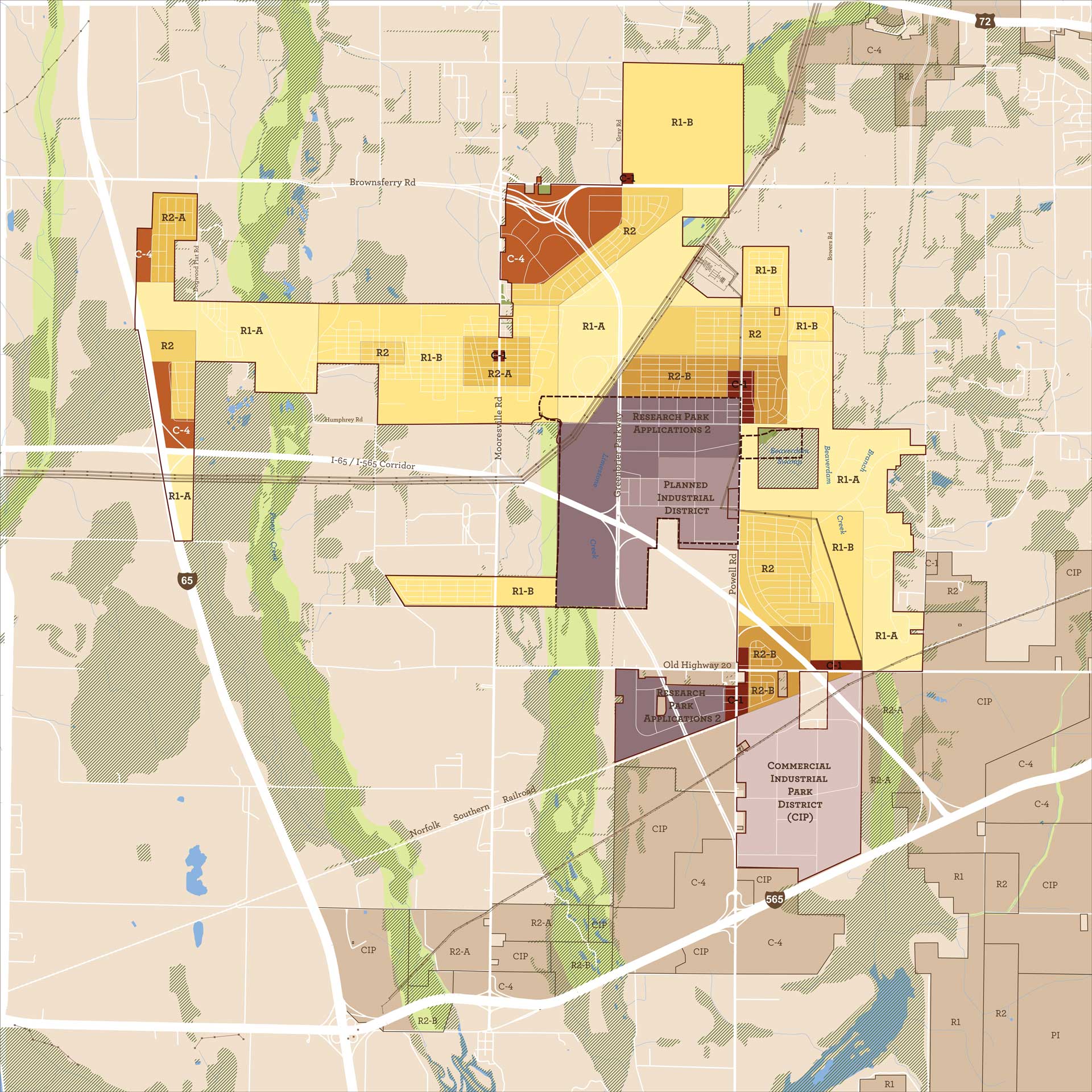Urban Hybrid Dunes in Barcelona, Barcelona, Spain
Challenge: Coastal dunes have been disappearing from the Catalan beaches, drastically reducing biodiversity, and diminishing natural protections against waves and storm surges. This is particularly affecting the beaches located near the metropolitan region of Barcelona, where regression of beaches and trampling of vegetation are causing dunes to decline. The process of beach and dune maintenance and formation around the city of Barcelona is disrupted by urban development and associated increasing levels of human disturbance. The loss of beaches, dunes and vegetation increases risk of flooding and erosion, and jeopardizes lives, properties, and the real estate and tourism sectors. In this context, a more sustainable approach was required.
Project Details
- Location: Barcelona, Spain
- Population: 1.7 million
- Strategies: Hybrid dunes
- Cost: € 145,000
- Benefits: Biodiversity restoration, Flood reduction, Economic development
Overview/History: The natural northwards sediment flow along the Catalan coast was historically interrupted by the construction of a breakwater south of the city. The initial approach to address the disappearance of beaches and sand dunes around the city of Barcelona was to deposit thousands of tons of sand every year using barges. However, this costly strategy has limited durability and resilience in the long-term as increasing volumes of sand input will be required as sea level rise and storm surge intensify erosion. As a response to this challenge, the Urban Hybrid Dunes project developed a cheaper, long-term, sustainable way for creating and maintaining beaches and dunes.
Solution: The project developed and constructed semi-stabilized dunes around urban beaches to conserve the beach systems while protecting the urban zone from flooding. The hybrid dunes, a combination of dunes construction from beach sand and the plantation of marram grass, was selected due to the intrinsic ability of vegetated dunes to capture sediments in its roots’ system, thereby stabilizing shorelines. As the dunes expand and become re-established in this coastal region, biodiversity is enhanced and the city benefits from the dunes’ natural barrier against flooding. The hybrid dunes were created under the OPERAs project (Operational Potential of Ecosystems Research Applications), with the goal of improving coastal resilience and better understanding the ecosystem services for people in coastal habitats. The project planted marram grass units on several beaches including Lloret, Pals and Gavà beaches. At an average cost of 0.50€ cents per plant that is able to hold from 1 to 2 m³ of sand, the approach was proved much more cost-effective than previous costly beach renourishments.
The project was successfully implemented largely thanks to the thorough stakeholder engagement. The selected stakeholder engagement methods included monitoring social media to identify the main interests of beach users and then trying to optimize outcomes of the project to meet both recreational and conservation needs with the dunes. This method was crucial to garner support for the restoration efforts and to encourage conscientious usage of the beach and dune system. Prior to the implementation of the hybrid dunes, a beach and dune management system were in place but did not include all interested parties and therefore lacked public awareness and support. Guaranteeing that all relevant stakeholders are adequately involved and understating each ones’ roles was a key success factor of this project.
Funding/Financing: The project created over 4 km of new dunes, and the total cost of the Urban Hybrid Dunes project was 145,000 euros. It was funded by the OPERAs project and Metropolitan Administration of Barcelona.
Benefits: Reduced flooding from sea level rise and storm surge and biodiversity restoration were the main benefits of the hybrid dunes in the metropolitan region of Barcelona. The increased coastal protection facilitated economic development while also adding aesthetic value to the coast.
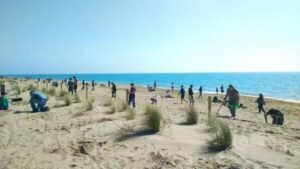
Plantation of marram grass at Gavà beach. Source: https://www.lavanguardia.com/local/baix-llobregat/20170528/422953750390/dunas-hibridas-playas-metropolitanas.html
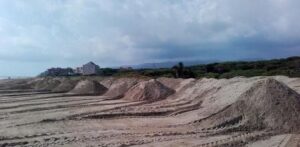
Reconstruction of dunes. Source: https://www.lavanguardia.com/local/baix-llobregat/20171105/432543050032/dunas-supervivencia-playas-metropolitanas-gava-castelldefels.html
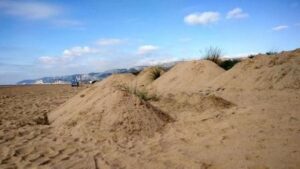
Initial dunes after reconstruction. Source: https://www.lavanguardia.com/local/baix-llobregat/20171105/432543050032/dunas-supervivencia-playas-metropolitanas-gava-castelldefels.html
References:
Population of Barcelona. Source: https://www.idescat.cat/emex/?id=080193&lang=es
Barcelona: Nature-based Solutions (NBS) Enhancing Resilience to Climate Change. Source: https://oppla.eu/casestudy/17283
How one plant is saving Barcelona’s coastline. Source: https://www.youtube.com/watch?app=desktop&v=vCRaVceTbXM&feature=emb_logo&ab_channel=OPERAsProject
AMB – Projecte OPERAS. Source: https://www.youtube.com/watch?v=7vRUhDVZdWo&t=1s&ab_channel=%C3%80reaMetropolitanadeBarcelona
Highlighting the governance of complex environments: The case of urban dunes. Source: https://www.youtube.com/watch?v=AUUOQJn-wKw&ab_channel=OPERAsProject
Operational Potential of Ecosystem Research Applications. Source: https://cordis.europa.eu/project/id/308393
Identifying and analysing stakeholders of ecosystem services. Source: https://oppla.eu/sites/default/files/uploads/stakeholder-identif-finalvalidated.pptx
FIVE YEARS OF ECOSYSTEM SCIENCE FOR POLICY & PRACTICE 2012—2017. Source: https://cordis.europa.eu/docs/results/308/308393/final1-operas-summaryreport-a4-48pp-v5-lores.pdf
Dunas para la supervivencia de las playas. Source: https://www.lavanguardia.com/local/baix-llobregat/20171105/432543050032/dunas-supervivencia-playas-metropolitanas-gava-castelldefels.html
Barcelona’s Hybrid Dunes. Source: https://operas-project.eu/node/318
